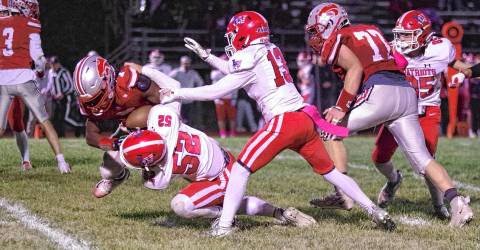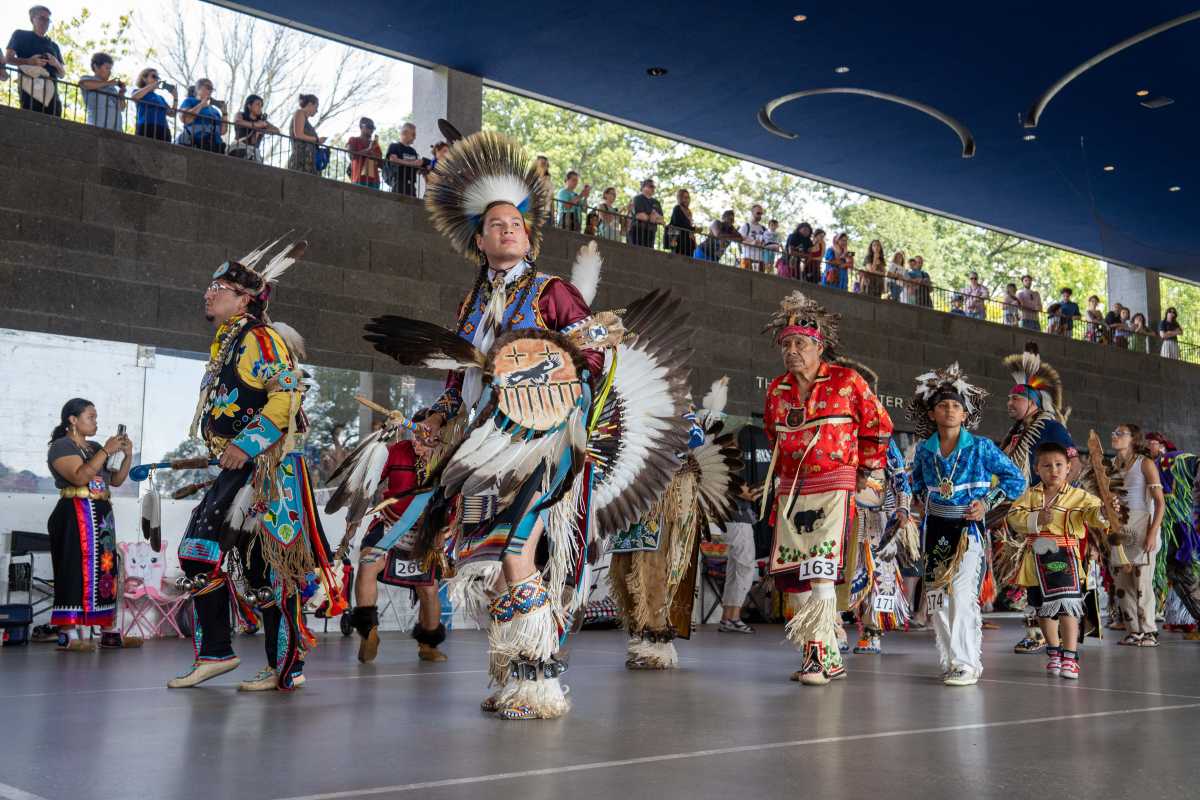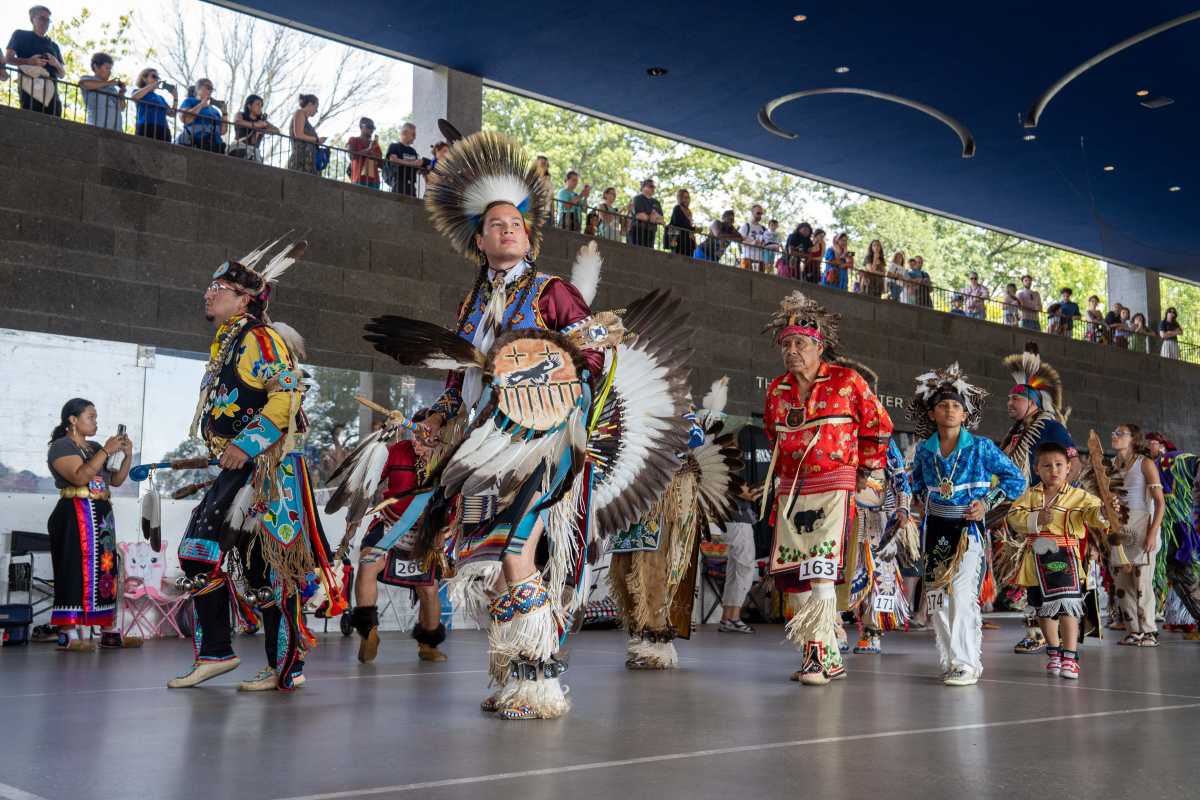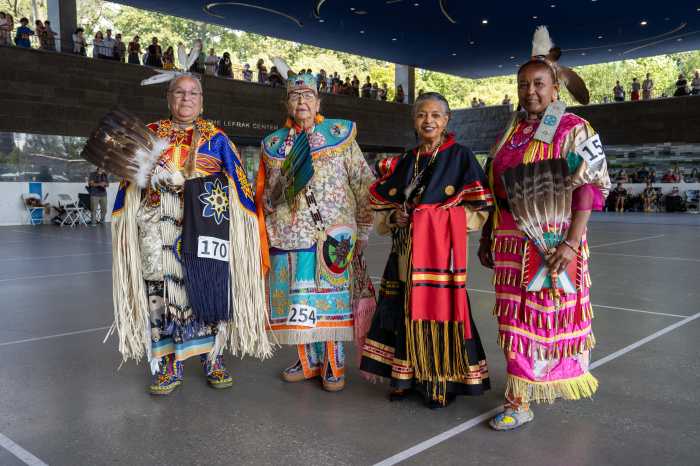n []n”,”type”:”raw_html”}],”multimedia_main”:{“_id”:”U6CMCICLUNG45IJ63BPQPGTRKM”,”additional_properties”:{“fullSizeResizeUrl”:”/resizer/v2/U6CMCICLUNG45IJ63BPQPGTRKM.jpg?auth=99e7cd004c9dfdaf9ae8958d3cf5fb7e1f8c618eb2fa91d3817240250421c197″,”galleries”:[{“headlines”:{“basic”:”Girls Soccer: Shawnee vs. Paul VI, in the South Jersey Coaches Cup Final, November 2, 2024″},”_id”:”EO6YLOUCSVD7VIXGKZDRJRHNVE”}],”ingestionMethod”:”manual”,”mime_type”:”image/jpeg”,”originalName”:”ShawVPVIGSOC_Hernandez_20.jpg”,”originalUrl”:”https://cloudfront-us-east-1.images.arcpublishing.com/advancelocal/U6CMCICLUNG45IJ63BPQPGTRKM.jpg”,”proxyUrl”:”/resizer/v2/U6CMCICLUNG45IJ63BPQPGTRKM.jpg?auth=99e7cd004c9dfdaf9ae8958d3cf5fb7e1f8c618eb2fa91d3817240250421c197″,”published”:true,”resizeUrl”:”/resizer/v2/U6CMCICLUNG45IJ63BPQPGTRKM.jpg?auth=99e7cd004c9dfdaf9ae8958d3cf5fb7e1f8c618eb2fa91d3817240250421c197″,”restricted”:false,”takenOn”:”2024-03-11T22:18:28Z”,”thumbnailResizeUrl”:”/resizer/v2/U6CMCICLUNG45IJ63BPQPGTRKM.jpg?auth=99e7cd004c9dfdaf9ae8958d3cf5fb7e1f8c618eb2fa91d3817240250421c197&width=300″,”version”:0,”template_id”:7},”address”:{“locality”:”Cherry Hill”,”region”:”NJ”},”auth”:{“1″:”99e7cd004c9dfdaf9ae8958d3cf5fb7e1f8c618eb2fa91d3817240250421c197″},”caption”:”Courtney Davis (4) of Shawnee passes to Madelynn Sadusky (8) of Shawnee against Paul VI in the South Jersey Coaches Cup Final at DeCou Field in Cherry Hill NJ, on Saturday, November 2, 2024.”,”created_date”:”2024-11-03T02:56:40Z”,”credits”:{“affiliation”:[{“name”:”Dave Hernandez | For NJ Advance “,”type”:”author”}],”by”:[{“byline”:”Dave Hernandez | For NJ Advance “,”name”:”Dave Hernandez | For NJ Advance “,”type”:”author”}]},”height”:2715,”image_type”:”photograph”,”last_updated_date”:”2024-11-03T02:56:40Z”,”licensable”:true,”owner”:{“id”:”advancelocal”,”sponsored”:false},”source”:{“additional_properties”:{“editor”:”photo center”},”edit_url”:””,”system”:”photo center”},”subtitle”:”Girls Soccer: Shawnee vs. Paul VI, in the South Jersey Coaches Cup Final, November 2, 2024″,”taxonomy”:{},”type”:”image”,”url”:”https://cloudfront-us-east-1.images.arcpublishing.com/advancelocal/U6CMCICLUNG45IJ63BPQPGTRKM.jpg”,”version”:”0.10.9″,”width”:4073,”resized_urls”:{“large”:”https://www.nj.com/resizer/v2/U6CMCICLUNG45IJ63BPQPGTRKM.jpg?auth=99e7cd004c9dfdaf9ae8958d3cf5fb7e1f8c618eb2fa91d3817240250421c197&width=1280&smart=true&quality=90″,”medium”:”https://www.nj.com/resizer/v2/U6CMCICLUNG45IJ63BPQPGTRKM.jpg?auth=99e7cd004c9dfdaf9ae8958d3cf5fb7e1f8c618eb2fa91d3817240250421c197&width=800&smart=true&quality=90″,”small”:”https://www.nj.com/resizer/v2/U6CMCICLUNG45IJ63BPQPGTRKM.jpg?auth=99e7cd004c9dfdaf9ae8958d3cf5fb7e1f8c618eb2fa91d3817240250421c197&width=500&smart=true&quality=90″,”x_small”:”https://www.nj.com/resizer/v2/U6CMCICLUNG45IJ63BPQPGTRKM.jpg?auth=99e7cd004c9dfdaf9ae8958d3cf5fb7e1f8c618eb2fa91d3817240250421c197&width=180&smart=true&quality=90″}}},”expires”:1760740903420,”lastModified”:1760740603391}},”trackonomics-domains-api”:{“undefined”:{“data”:{“detectionKey”:”(fubo.tv|(pxf|sjv)\.io|(goto.target|go.web.plus.espn)\.com|(tnu8|fanatics.93n6tx|k77v|775j|vwz6|ue7a|i8h2|evyy|uym8)\.net|(c1\.dealnews\.com)|(go\.redirectingat\.com)|(go\.skimresources\.com)|(fave\.co)|(go\.[a-zA-Z0-9].*?\.com(\/?)\?id=[0-9].+?X[0-9].+?&)|(amazon\.[\S]*?\/(dp|gp)\/[\S]*?tag=)|(amazon\.[\S]*?\/[\S]*?\?[\S]*?tag=[a-zA-Z0-9-]+\-(\d{2}))|(\/amzn\.)|(\.amazon-adsystem\.com)|(click\.linksynergy\.com)|(linksynergy\.walmart\.com)|(anrdoezrs\.net)|(jdoqocy\.com)|(tqlkg\.com)|(tkqlhce\.com)|(kqzyfj\.com)|(ftjcfx\.com)|(lduhtrp\.net)|(jqoqocy\.com)|(Kqzfj\.com)|(dpbolvw\.net)|(qksrv\.net)|(awin1\.com)|(\/(c)\/([0-9]+)\/([0-9]+)\/([0-9]+)))”,”_id”:”c4f881ea98a844ac6c96954adf838b6cd6fa756e95ea29687f2d1f733d13833d”},”expires”:1760807580739,”lastModified”:1760721179987}},”affiliate-marketing-config”:{“undefined”:{“data”:{“affiliate_only_authors”:[“adill”,”albert”,”amanda-edelman”,”amyhavin”,”apalya”,”arianatourangeau”,”bmanley”,”cayden-steele”,”dgeske”,”dhalibey”,”dhockens”,”jchandler”,”jennamalinowski”,”jessica-day”,”jhowell”,”joey-aliberti”,”johnholland”,”jrejent”,”khadrice-rollins”,”madisonkemeny”,”mdunaj”,”mdwortz”,”niuzzolino”,”rachelmorrison”,”rfenbers”,”tkuehl”,”tlagrone”,”yliwanag”],”affiliate_nonexclusive_authors”:[“ahernand”,”aknudson”,”anniebarron”,”asuarez”,”bsaxelson”,”bsherman”,”carolbenanti”,”chopkin2″,”csheldon”,”gracelynsantos”,”hdomin”,”jdamodio”,”jhumburg”,”jimmy-hascup”,”jmorona”,”jodom”,”jsimmons”,”kldavis”,”krodriguez”,”leadagore”,”mgoul”,”mheim”,”mrose”,”mswanson”,”nickjomalley”,”rnovozinsky”,”seadams”,”tbrown”,”timbielik”,”tsanzo”,”vrosenthal”],”product_category_exclude_sections”:[“sports”],”trackonomics_tags”:[“@trx”],”trackonomics_sections”:[“live-entertainment”,”shopping”,”shopping-deals”,”sports”,”sports/event-tickets”,”tv”],”trackonomics_exclude_sections”:[“betting”,”casinos”,”fantasy”,”lottery”,”sweepstakes”],”trackonomics_authors”:[“adill”,”ahernand”,”aknudson”,”albert”,”amanda-edelman”,”amyhavin”,”anniebarron”,”apalya”,”arianatourangeau”,”asuarez”,”bmanley”,”bsaxelson”,”bsherman”,”carolbenanti”,”cayden-steele”,”chopkin2″,”csheldon”,”dgeske”,”dhalibey”,”dhockens”,”gracelynsantos”,”hdomin”,”jchandler”,”jdamodio”,”jennamalinowski”,”jessica-day”,”jhowell”,”jhumburg”,”jimmy-hascup”,”jmorona”,”jodom”,”joey-aliberti”,”johnholland”,”jrejent”,”jsimmons”,”khadrice-rollins”,”kldavis”,”krodriguez”,”leadagore”,”madisonkemeny”,”mdunaj”,”mdwortz”,”mgoul”,”mheim”,”mrose”,”mswanson”,”nickjomalley”,”niuzzolino”,”rachelmorrison”,”rfenbers”,”rnovozinsky”,”seadams”,”tbrown”,”timbielik”,”tkuehl”,”tlagrone”,”tsanzo”,”vrosenthal”,”yliwanag”],”web_category_sections”:[“betting”,”entertainment”],”_id”:”f170b26eff9c4a1d02d9183dbe0081280187aebf2450f47c79b9fa5310ec5156″},”expires”:1760740759981,”lastModified”:1760462888000}},”rollcall-active-poll-data”:{“undefined”:{“data”:{“activePollData”:{“14”:{“startDate”:1600056000000,”endDate”:1897275600000,”affiliates”:[“lehighvalleylive”,”lonestarlive”],”articles”:[“4AHJ7RWD4ZEOBGTXQV6UGCBTOY”,”XPQSBA6GUVBXBFLNP32LUWPPSA”],”categories”:[],”customCategories”:[],”customEntities”:[],”segments”:[],”showOnBettingPage”:false,”showOnRegularArticle”:true,”tags”:[]}},”_id”:”fdda8529621bb23e66be6ac3d935e24444b0ade7f078ad99a2b77a68dee57cd0″},”expires”:1760740666677,”lastModified”:1760738840000}}};Fusion.layout=”article-beta”;Fusion.metas={“pageType”:{“value”:”article”,”html”:false},”isArticleBeta”:{“value”:”true”,”html”:true}};Fusion.outputType=”default”;Fusion.template=”template/t06tM8CtdYbDiXEs”;Fusion.tree={“collection”:”layouts”,”type”:”article-beta”,”props”:{“collection”:”layouts”,”type”:”article-beta”,”id”:”article-beta”,”childProps”:[{“collection”:”sections”,”id”:0},{“collection”:”sections”,”id”:1},{“collection”:”sections”,”id”:2},{“collection”:”sections”,”id”:3},{“collection”:”sections”,”id”:4},{“collection”:”sections”,”id”:5},{“collection”:”sections”,”id”:6}]},”children”:[{“collection”:”sections”,”props”:{“collection”:”sections”,”id”:0},”children”:[{“collection”:”features”,”type”:”utilities/google-tag-manager”,”props”:{“collection”:”features”,”type”:”utilities/google-tag-manager”,”id”:”f0f4FHY2WHir9Cf”,”contentConfig”:{“contentService”:””,”contentConfigValues”:{},”inherit”:false},”customFields”:{},”displayProperties”:{},”localEdits”:{},”variants”:{}}},{“collection”:”features”,”type”:”utilities/clavis”,”props”:{“collection”:”features”,”type”:”utilities/clavis”,”id”:”f0fwEnHdWHir9qo”,”contentConfig”:{“contentService”:””,”contentConfigValues”:{},”inherit”:false},”customFields”:{},”displayProperties”:{},”localEdits”:{},”variants”:{}}},{“collection”:”features”,”type”:”global/module-tracking”,”props”:{“collection”:”features”,”type”:”global/module-tracking”,”id”:”f0fOJBRZyJG62jp”,”contentConfig”:{“contentService”:””,”contentConfigValues”:{},”inherit”:true},”customFields”:{},”displayProperties”:{},”localEdits”:{},”variants”:{}}},{“collection”:”features”,”type”:”global/sophi”,”props”:{“collection”:”features”,”type”:”global/sophi”,”id”:”f0fsEKJhWHir9J4″,”contentConfig”:{“contentService”:””,”contentConfigValues”:{},”inherit”:true},”customFields”:{},”displayProperties”:{},”localEdits”:{},”variants”:{}}},{“collection”:”features”,”type”:”global/toprail”,”props”:{“collection”:”features”,”type”:”global/toprail”,”id”:”f0fhWAglWHir9s7″,”contentConfig”:{“contentService”:””,”contentConfigValues”:{},”inherit”:false},”customFields”:{},”displayProperties”:{},”localEdits”:{“items”:{}},”variants”:{}}},{“collection”:”features”,”type”:”section/alert”,”props”:{“collection”:”features”,”type”:”section/alert”,”id”:”f0f4yNrolYxM27O”,”contentConfig”:{“contentService”:””,”contentConfigValues”:{},”inherit”:true},”customFields”:{“type”:”news-promo”,”link”:”https://www.nj.com/digitalsubscription/inline/”,”headline”:”Family Sharing is here! Subscribe to Premium Access for $1″},”displayProperties”:{},”localEdits”:{},”variants”:{}}}]},{“collection”:”sections”,”props”:{“collection”:”sections”,”id”:1},”children”:[{“collection”:”features”,”type”:”global/ads”,”props”:{“collection”:”features”,”type”:”global/ads”,”id”:”f0fCQUptWHir92h”,”contentConfig”:{“contentService”:””,”contentConfigValues”:{},”inherit”:false},”customFields”:{“adType”:”topRail-Below-Flex”},”displayProperties”:{},”localEdits”:{},”variants”:{}}},{“collection”:”features”,”type”:”global/ads”,”props”:{“collection”:”features”,”type”:”global/ads”,”id”:”f0fOXPRhJL6P7d3″,”contentConfig”:{“contentService”:””,”contentConfigValues”:{},”inherit”:true},”customFields”:{“adType”:”popup”},”displayProperties”:{},”localEdits”:{},”variants”:{}}}]},{“collection”:”sections”,”props”:{“collection”:”sections”,”id”:2},”children”:[{“collection”:”features”,”type”:”global/ads”,”props”:{“collection”:”features”,”type”:”global/ads”,”id”:”f0fEmEgxWHir9vo”,”contentConfig”:{“contentService”:””,”contentConfigValues”:{},”inherit”:false},”customFields”:{“adType”:”topRail-Below-Sponsor”,”pbInternal_cloneId”:”f0f2OIGE79UW1to”},”displayProperties”:{},”localEdits”:{},”variants”:{}}},{“collection”:”features”,”type”:”article/label”,”props”:{“collection”:”features”,”type”:”article/label”,”id”:”f0fDyPLAWHir90c”,”contentConfig”:{“contentService”:””,”contentConfigValues”:{},”inherit”:true},”customFields”:{},”displayProperties”:{},”localEdits”:{},”variants”:{}}},{“collection”:”features”,”type”:”global/live-indicator”,”props”:{“collection”:”features”,”type”:”global/live-indicator”,”id”:”f0fuDYLjVz7g1FY”,”contentConfig”:{“contentService”:””,”contentConfigValues”:{},”inherit”:true},”customFields”:{},”displayProperties”:{},”localEdits”:{},”variants”:{}}},{“collection”:”features”,”type”:”article/headline”,”props”:{“collection”:”features”,”type”:”article/headline”,”id”:”f0fHDPUDWHir9i8″,”contentConfig”:{“contentService”:””,”contentConfigValues”:{},”inherit”:true},”customFields”:{},”displayProperties”:{},”localEdits”:{},”variants”:{}}},{“collection”:”features”,”type”:”global/dateline”,”props”:{“collection”:”features”,”type”:”global/dateline”,”id”:”f0fHbMvGWHir9F8″,”contentConfig”:{“contentService”:””,”contentConfigValues”:{},”inherit”:true},”customFields”:{},”displayProperties”:{},”localEdits”:{},”variants”:{}}}]},{“collection”:”sections”,”props”:{“collection”:”sections”,”id”:3},”children”:[{“collection”:”features”,”type”:”article/multimedia-main”,”props”:{“collection”:”features”,”type”:”article/multimedia-main”,”id”:”f0ftb0ZJWHir9KI”,”contentConfig”:{“contentService”:””,”contentConfigValues”:{},”inherit”:true},”customFields”:{},”displayProperties”:{},”localEdits”:{},”variants”:{}}},{“collection”:”features”,”type”:”global/sharebar-beta”,”props”:{“collection”:”features”,”type”:”global/sharebar-beta”,”id”:”f0fVh8Ty7Y0OGi”,”contentConfig”:{“contentService”:””,”contentConfigValues”:{},”inherit”:true},”customFields”:{“showGifting”:true,”showFacebook”:true,”showX”:true,”showSaveArticles”:true},”displayProperties”:{},”localEdits”:{},”variants”:{}}},{“collection”:”features”,”type”:”global/byline”,”props”:{“collection”:”features”,”type”:”global/byline”,”id”:”f0fYdHsPWHir9AR”,”contentConfig”:{“contentService”:””,”contentConfigValues”:{},”inherit”:true},”customFields”:{},”displayProperties”:{},”localEdits”:{},”variants”:{}}},{“collection”:”features”,”type”:”global/new-audio-player-article”,”props”:{“collection”:”features”,”type”:”global/new-audio-player-article”,”id”:”f0fdkncW6wXaGK”,”contentConfig”:{“contentService”:””,”contentConfigValues”:{},”inherit”:true},”customFields”:{},”displayProperties”:{},”localEdits”:{},”variants”:{}}},{“collection”:”features”,”type”:”article-beta/content-blocking”,”props”:{“collection”:”features”,”type”:”article-beta/content-blocking”,”id”:”f0fEX1XRWHir9Hh”,”contentConfig”:{“contentService”:””,”contentConfigValues”:{},”inherit”:true},”customFields”:{},”displayProperties”:{},”localEdits”:{},”variants”:{}}},{“collection”:”features”,”type”:”global/author-bio-enhanced”,”props”:{“collection”:”features”,”type”:”global/author-bio-enhanced”,”id”:”f0fAf1L45mNlDb”,”contentConfig”:{“contentService”:””,”contentConfigValues”:{},”inherit”:true},”customFields”:{},”displayProperties”:{},”localEdits”:{},”variants”:{}}},{“collection”:”features”,”type”:”article-beta/trackonomics-link-wrapper”,”props”:{“collection”:”features”,”type”:”article-beta/trackonomics-link-wrapper”,”id”:”f0fsvViFWhVb3tW”,”contentConfig”:{“contentService”:””,”contentConfigValues”:{},”inherit”:true},”customFields”:{},”displayProperties”:{},”localEdits”:{},”variants”:{}}},{“collection”:”features”,”type”:”article-beta/cta”,”props”:{“collection”:”features”,”type”:”article-beta/cta”,”id”:”f0ftfbqUWHir9Im”,”contentConfig”:{“contentService”:””,”contentConfigValues”:{},”inherit”:true},”customFields”:{},”displayProperties”:{},”localEdits”:{},”variants”:{}}},{“collection”:”features”,”type”:”article/rollcall”,”props”:{“collection”:”features”,”type”:”article/rollcall”,”id”:”f0fB2ZSKTG336PR”,”contentConfig”:{“contentService”:””,”contentConfigValues”:{},”inherit”:true},”customFields”:{},”displayProperties”:{},”localEdits”:{},”variants”:{}}},{“collection”:”features”,”type”:”article/skimlinks”,”props”:{“collection”:”features”,”type”:”article/skimlinks”,”id”:”f0fOneF4A6cs6Ig”,”contentConfig”:{“contentService”:””,”contentConfigValues”:{},”inherit”:true},”customFields”:{},”displayProperties”:{},”localEdits”:{},”variants”:{}}},{“collection”:”features”,”type”:”global/ads”,”props”:{“collection”:”features”,”type”:”global/ads”,”id”:”f0f2LWaXWHir9jV”,”contentConfig”:{“contentService”:””,”contentConfigValues”:{},”inherit”:false},”customFields”:{“adType”:”taboola-below-article”},”displayProperties”:{},”localEdits”:{},”variants”:{}}},{“collection”:”features”,”type”:”global/aff-marketing-click-trk”,”props”:{“collection”:”features”,”type”:”global/aff-marketing-click-trk”,”id”:”f0fpYYHiPHqo2bC”,”contentConfig”:{“contentService”:””,”contentConfigValues”:{},”inherit”:true},”customFields”:{},”displayProperties”:{},”localEdits”:{},”variants”:{}}}]},{“collection”:”sections”,”props”:{“collection”:”sections”,”id”:4},”children”:[{“collection”:”features”,”type”:”global/ads”,”props”:{“collection”:”features”,”type”:”global/ads”,”id”:”f0fe2wv2XHir9Jn”,”contentConfig”:{“contentService”:””,”contentConfigValues”:{},”inherit”:false},”customFields”:{“adType”:”rightRail-Top-300xFlex”},”displayProperties”:{},”localEdits”:{},”variants”:{}}},{“collection”:”features”,”type”:”global/piano-block”,”props”:{“collection”:”features”,”type”:”global/piano-block”,”id”:”f0flqu1RBy9J1xp”,”contentConfig”:{“contentService”:””,”contentConfigValues”:{},”inherit”:true},”customFields”:{“id”:”piano-nba-module”},”displayProperties”:{},”localEdits”:{},”variants”:{}}},{“collection”:”features”,”type”:”global/ads”,”props”:{“collection”:”features”,”type”:”global/ads”,”id”:”f0fpCR06XHir9y2″,”contentConfig”:{“contentService”:””,”contentConfigValues”:{},”inherit”:false},”customFields”:{“adType”:”taboola-rightRail”},”displayProperties”:{},”localEdits”:{},”variants”:{}}},{“collection”:”features”,”type”:”global/ads”,”props”:{“collection”:”features”,”type”:”global/ads”,”id”:”f0fN5XN8XHir9Sv”,”contentConfig”:{“contentService”:””,”contentConfigValues”:{},”inherit”:false},”customFields”:{“rightRailstickyAd”:true,”adType”:”rightRail-Bottom-300xFlex”},”displayProperties”:{},”localEdits”:{“items”:{}},”variants”:{}}}]},{“collection”:”sections”,”props”:{“collection”:”sections”,”id”:5},”children”:[{“collection”:”features”,”type”:”global/footer”,”props”:{“collection”:”features”,”type”:”global/footer”,”id”:”f0fe6SZr3eiF6lv”,”contentConfig”:{“contentService”:””,”contentConfigValues”:{},”inherit”:true},”customFields”:{“showLinks”:true,”showAffLogo”:true},”displayProperties”:{},”localEdits”:{},”variants”:{}}}]},{“collection”:”sections”,”props”:{“collection”:”sections”,”id”:6},”children”:[{“collection”:”features”,”type”:”global/ads”,”props”:{“collection”:”features”,”type”:”global/ads”,”id”:”f0f8NsR91Iir9IM”,”contentConfig”:{“contentService”:””,”contentConfigValues”:{},”inherit”:false},”customFields”:{“adType”:”mobile-bottom-adhesion”},”displayProperties”:{},”localEdits”:{},”variants”:{}}},{“collection”:”features”,”type”:”global/anchor-modal”,”props”:{“collection”:”features”,”type”:”global/anchor-modal”,”id”:”f0fx7Dgt1Iir9tb”,”contentConfig”:{“contentService”:””,”contentConfigValues”:{},”inherit”:true},”customFields”:{},”displayProperties”:{},”localEdits”:{},”variants”:{}}},{“collection”:”features”,”type”:”global/bottom-fixed-modal”,”props”:{“collection”:”features”,”type”:”global/bottom-fixed-modal”,”id”:”f0f3z9oprbAB3Fl”,”contentConfig”:{“contentService”:””,”contentConfigValues”:{},”inherit”:true},”customFields”:{},”displayProperties”:{},”localEdits”:{},”variants”:{}}}]}]};Fusion.spa=false;Fusion.spaEnabled=false;
Continue reading










 The exhibit tells the story of Lunáapeew/Lenape “knowledge-keepers and culture bearers about their relationships to their ancestral homelands.”Photo courtesy of Prospect Park Alliance
The exhibit tells the story of Lunáapeew/Lenape “knowledge-keepers and culture bearers about their relationships to their ancestral homelands.”Photo courtesy of Prospect Park Alliance 